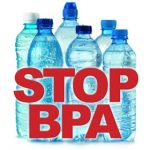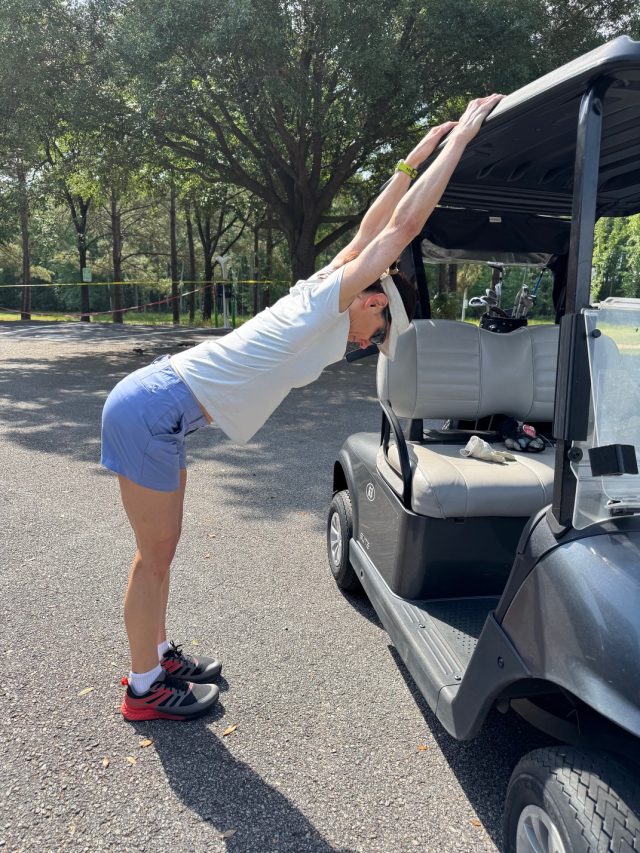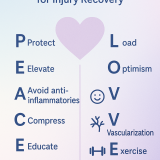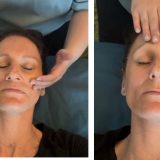Do you know which plastics are toxic and which are safer?
The personal trainers at Energy Fitness here in Memphis want clients to be aware of plastics and how toxic many containers are to your health. We want to bring awareness to those numbers on the bottom of plastic containers and what they mean. By educating yourself on this issue, you may be able to get your hormones in balance which will aid in weight loss, boost your immune system and eat healthier.
 If you have never looked at the bottom of plastic containers including plastic storage dishes, plastic solo cups, lids for coffee cups, sports bottles, sippy cups, baby bottles, etc… now is the time you start. All plastic container manufacturers are required to print the “recycle code” that corresponds to the type of plastic it is made from somewhere (mostly on the bottom) of their product. Many of these products contain a chemical known as bisphenol-A, or BPA, which can be very harmful to humans. BPA is also found in the epoxy lining of metal & aluminum containers including soup cans and drinking bottles in order to prevent corrosion.
If you have never looked at the bottom of plastic containers including plastic storage dishes, plastic solo cups, lids for coffee cups, sports bottles, sippy cups, baby bottles, etc… now is the time you start. All plastic container manufacturers are required to print the “recycle code” that corresponds to the type of plastic it is made from somewhere (mostly on the bottom) of their product. Many of these products contain a chemical known as bisphenol-A, or BPA, which can be very harmful to humans. BPA is also found in the epoxy lining of metal & aluminum containers including soup cans and drinking bottles in order to prevent corrosion.
How BPA Affects Your Hormones
A client recently sent me an article on plastic code numbers which prompted me to write this post. She heard me mention that she should avoid BPAs in plastic containers as much as possible in order to reach her goal weight. Several years ago, I purchased the Hormone Diet Book by Natasha Turner and I started informing our clients on her findings. That book is why we starting carrying Metagenics supplements and still do, as Natasha loves several of their products. Okay, now back to plastics. Natasha states in her book that BPA alters fat cells when it interacts with insulin. BPA has been found to spark and accelerate two of the biological mechanisms underlying obesity; an increase in the number of fat cells in the body and the enhancement of their fat-storing capabilities. So, the presence of this chemical can influence not only the production of more fat cells, but also their increase in size!
Recycle Codes

SAFER PLASTICS:
- #1 Polyethylene Terephthalate (PETE)
- #2 High Density Polyethylene (HDPE)
- #4 Low Density Polyethylene (LDPE)
- #5 Polypropylene (PP)
UNSAFE PLASTICS:
- #3 Polyvinyl Chloride (PVC)
- #6 Polystyrene (PS)
- #7 Polycarbonate
Safe Tips To Avoid BPA Exposure:
- Keep plastics away from heat and do not microwave food in plastic containers

- Don’t drink bottled water that has been in your hot vehicle or other hot environment (that “off taste” is plastic leeching into your water)
- Don’t use acidic or hot liquids in the “unsafe” plastics
- Don’t use plastic bottled water that has been stored on shelves for a long time
- Reusable glass, ceramic, or stainless steel are good replacements for plastic
- Avoid canned goods and buy fresh or frozen veggies instead
- Avoid storing nuts and snacks in Ziploc bags for a long period of time (that “off taste” is plastic leeching into your food)
- Purchase glass containers to store leftover foods, however, just because you store your food in glass, doesn’t mean it is free from BPA exposure. It could have been exposed to BPA in the cooking and storing process.
In summary, having an awareness of how you can affect your hormones by making small changes will reap big rewards for you. Start educating others and start replacing your bad plastics with safer ones that are better for you and the environment.
Not a client and want a Free Fitness or Nutrition Consult (value $87) or
interested in our Personal Training Services click here or call us 901-466-6242.
Check out our customized online training ($40-$80) here: Online Customized Training
Interested in our Massage or Body Wraps? Click here.
reference article from client. thx Charlee




